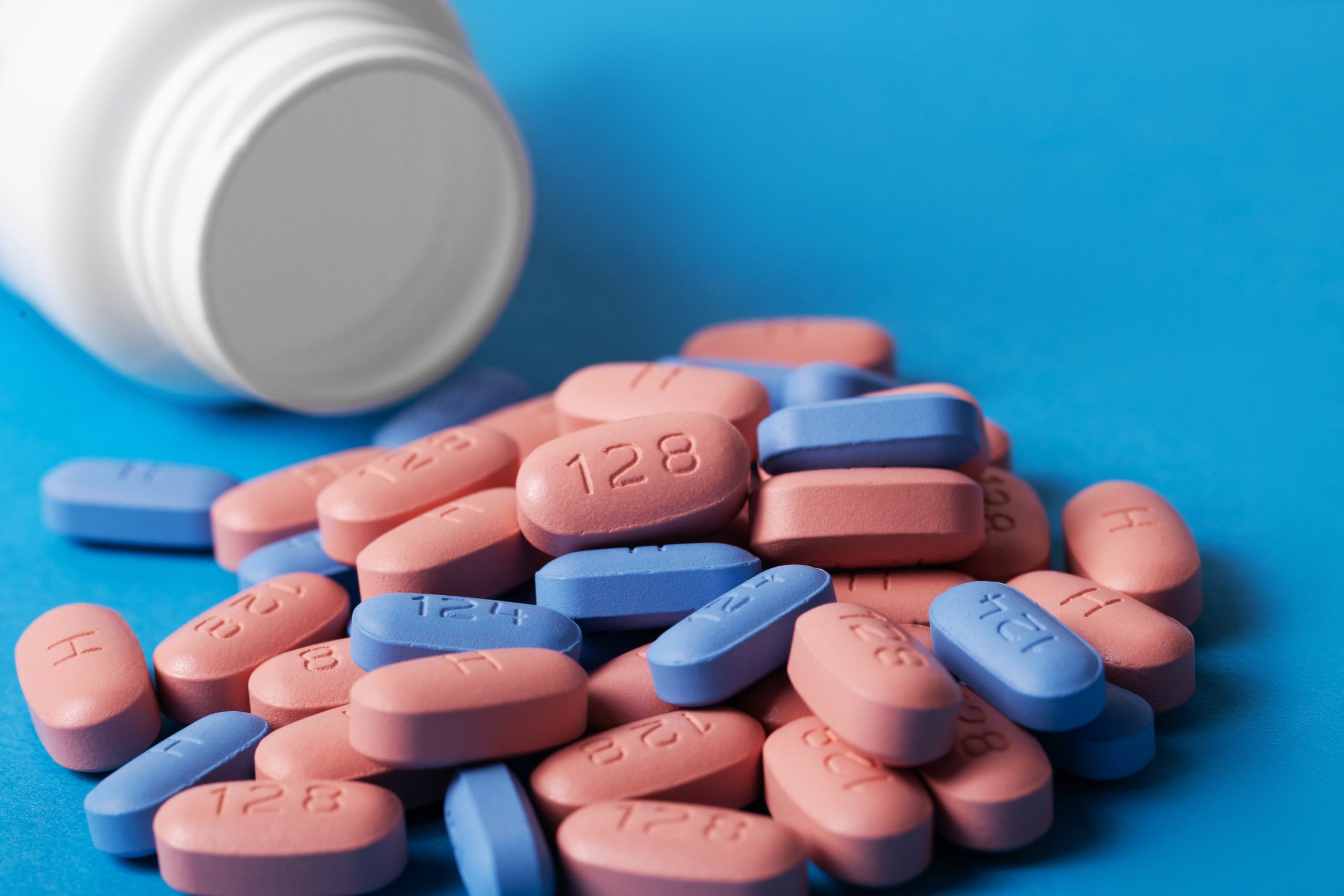Why well-treated HIV is safe

Do well-treated people living with HIV have such a low viral load that they cannot infect others?
The amount of HIV virus in the body is linked to the risk of a person living with HIV passing it on. A small amount of virus results in low infectivity and a large amount of virus increases infectivity.
In Denmark, HIV-positive people have their viral load measured twice a year.
In the months after a person is diagnosed as HIV-positive, the viral load is extremely high, after which it drops to a lower level.
When people enter treatment for HIV, the viral load drops to an unmeasurable level. However, other STIs can help increase the viral load in HIV-positive people.
Advice:
-
Make sure you know your HIV status
-
If you are living with HIV, make sure you know your viral load
-
Safe sex is sex with a condom and silicone or water-based lubricant, and avoiding semen in the mouth
-
Most HIV positive people on treatment have a very low viral load.
-
In the vast majority, the viral load becomes so small that it can no longer be measured. When the treatment has made the viral load immeasurable for more than six months, you are well treated.
Well-being and contagiousness
In a well-treated HIV-positive person, the risk of transmission is no longer present. But if you have another STI, you can’t call yourself well-treated, as the amount of virus increases and the infected areas are more likely to develop cuts and sores.
-
Safe sex is sex with a condom and silicone or water-based lubricant, and avoiding semen in the mouth
-
If you don’t have HIV, PrEP prevents this, but not other STIs, only safe sex with a condom prevents infection.
-
If you are well treated, safe sex protects against other STIs

